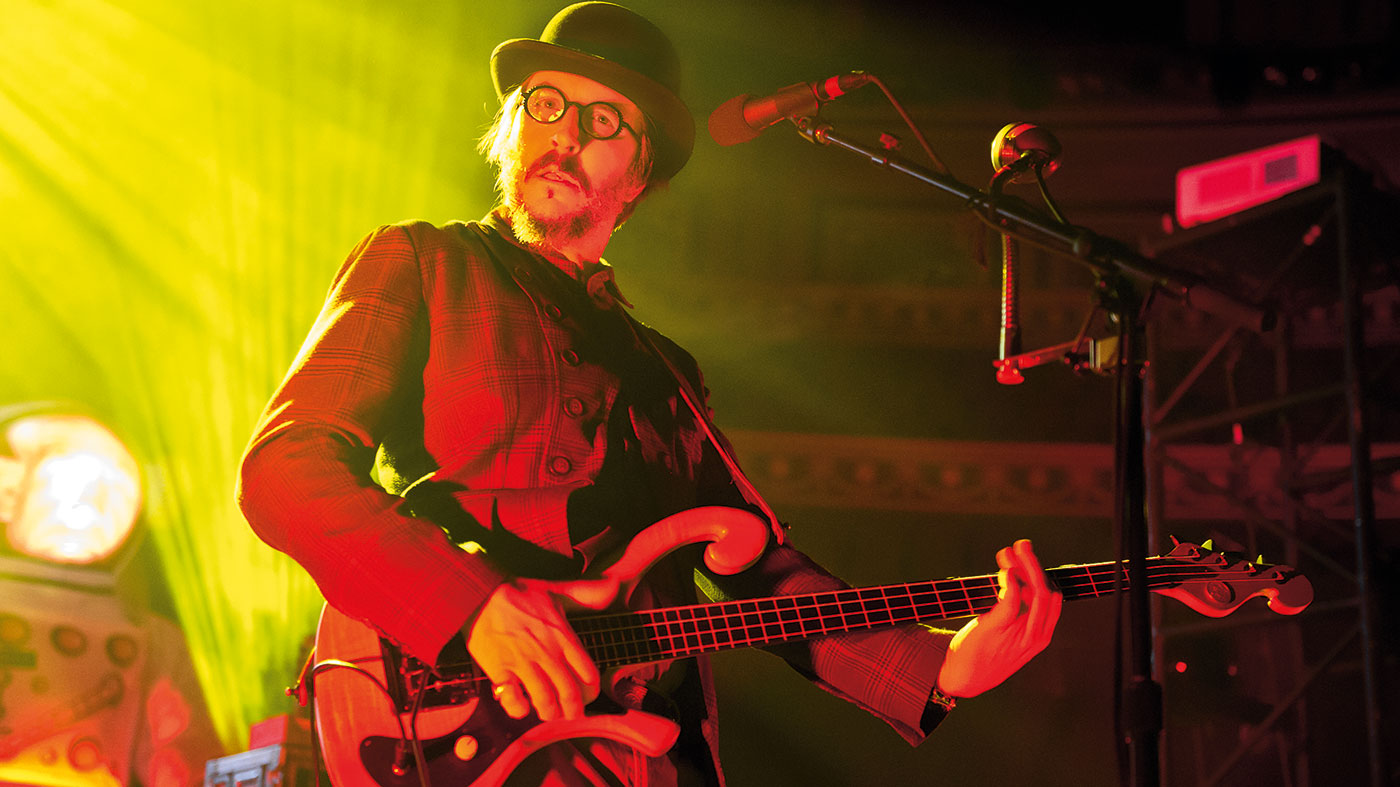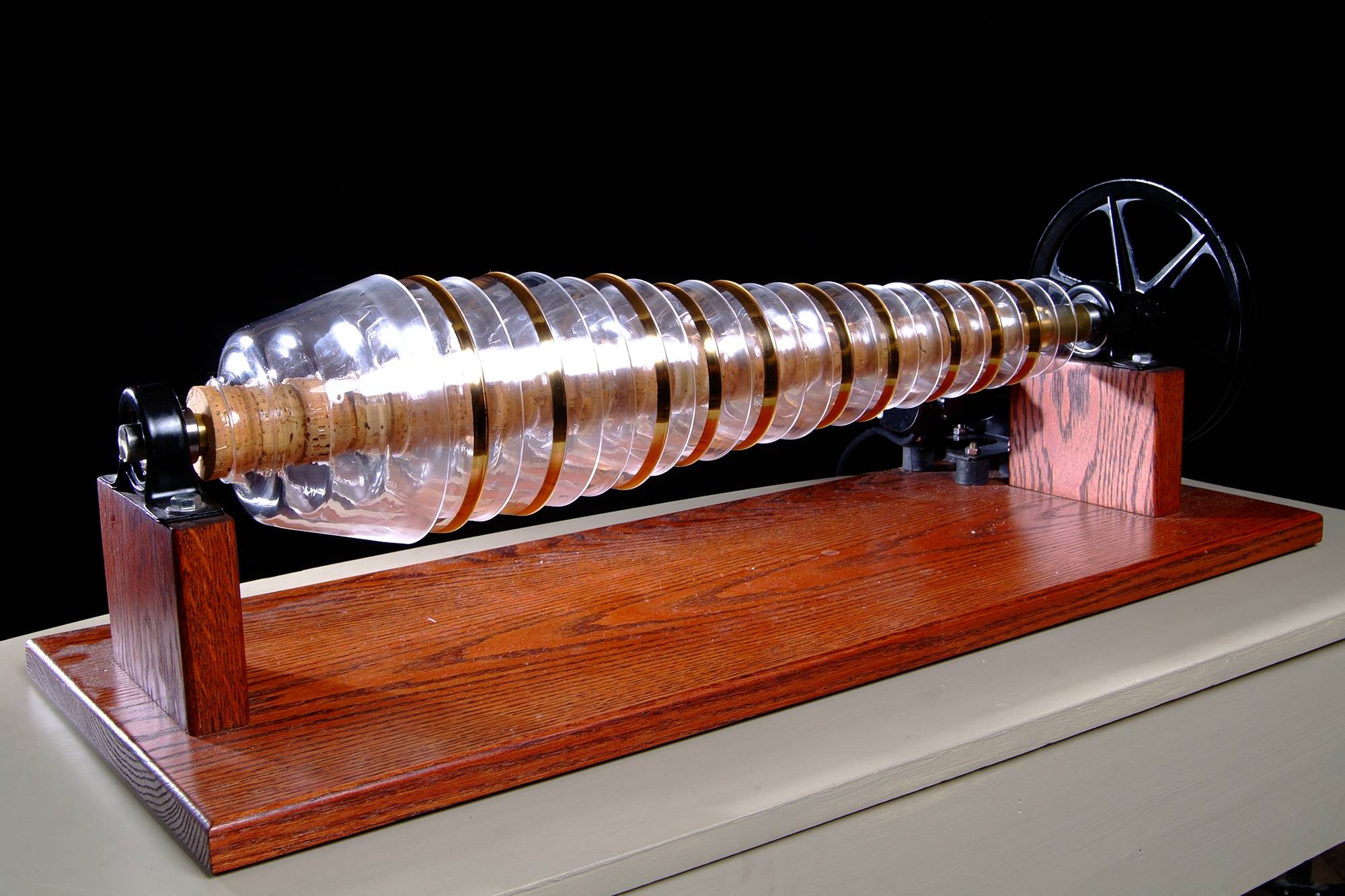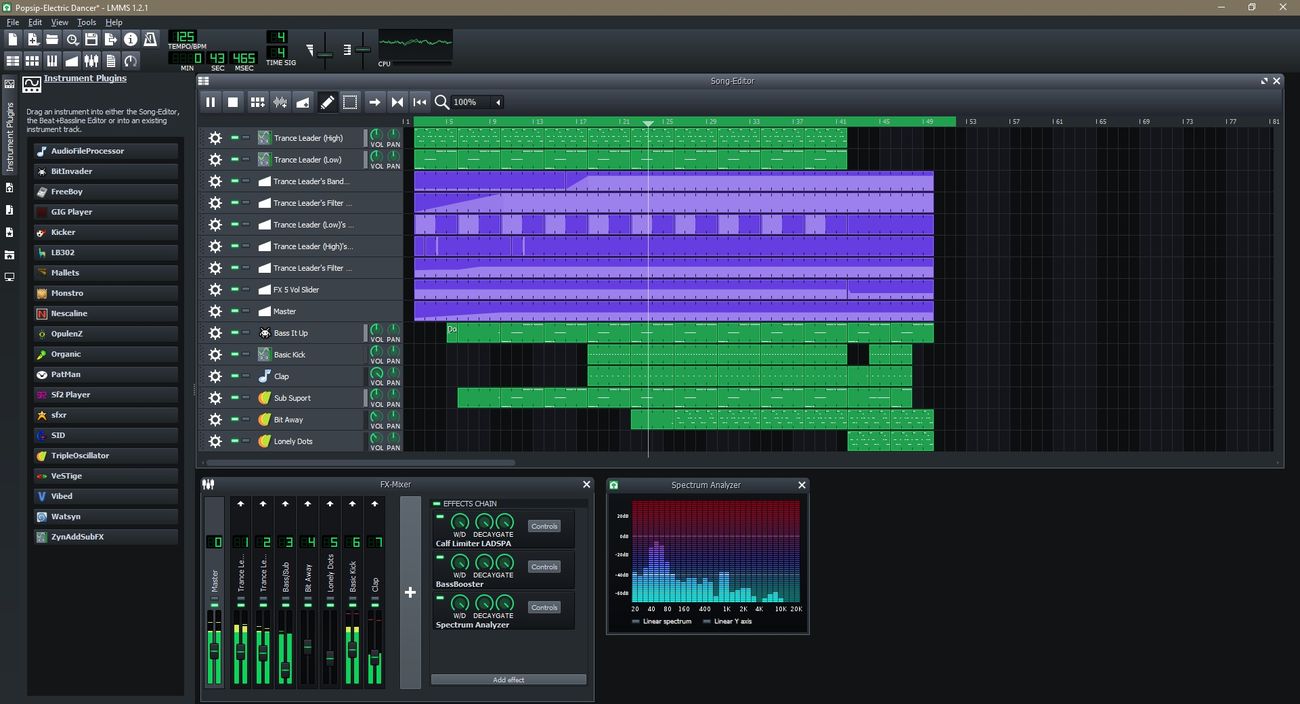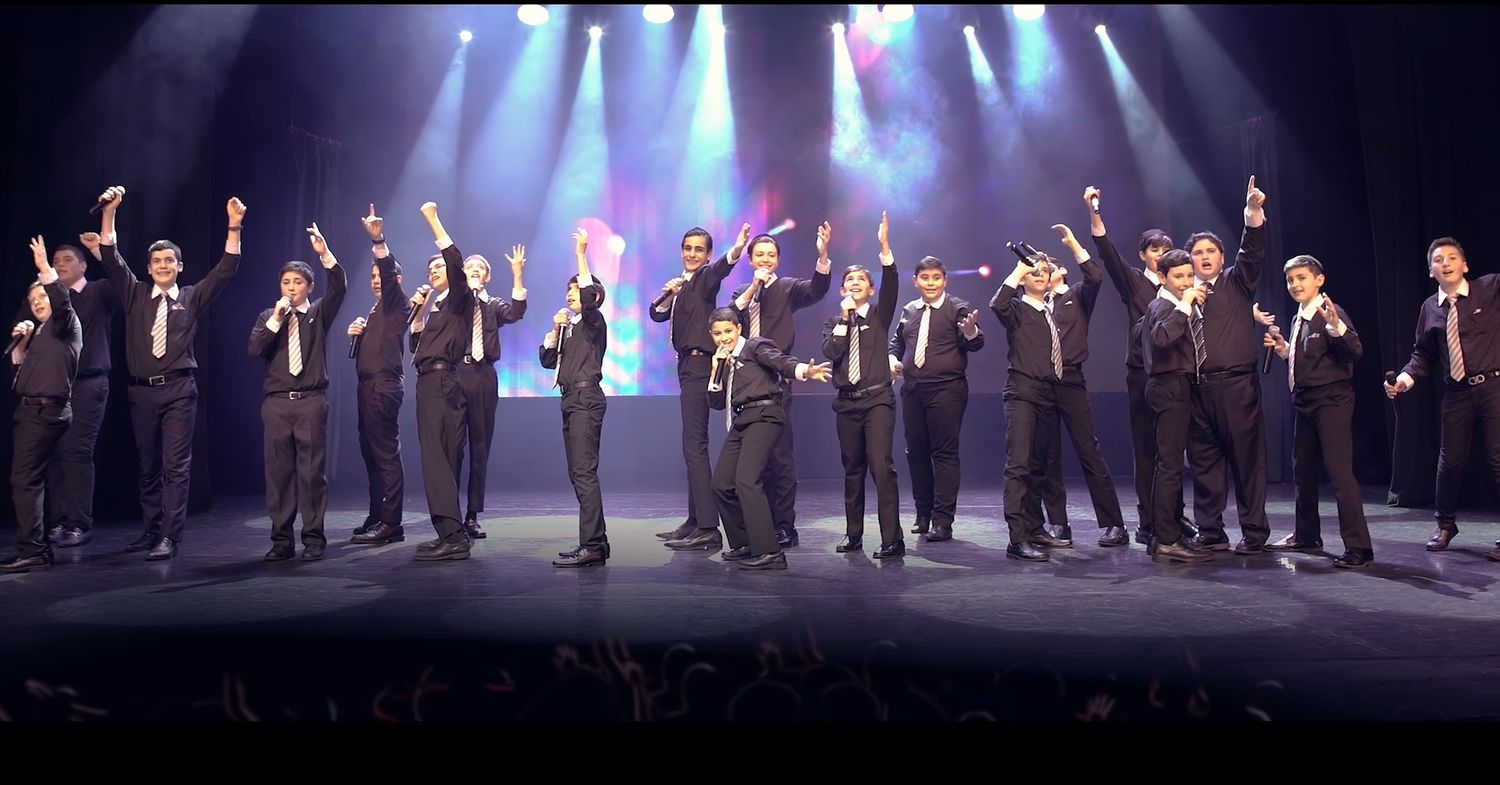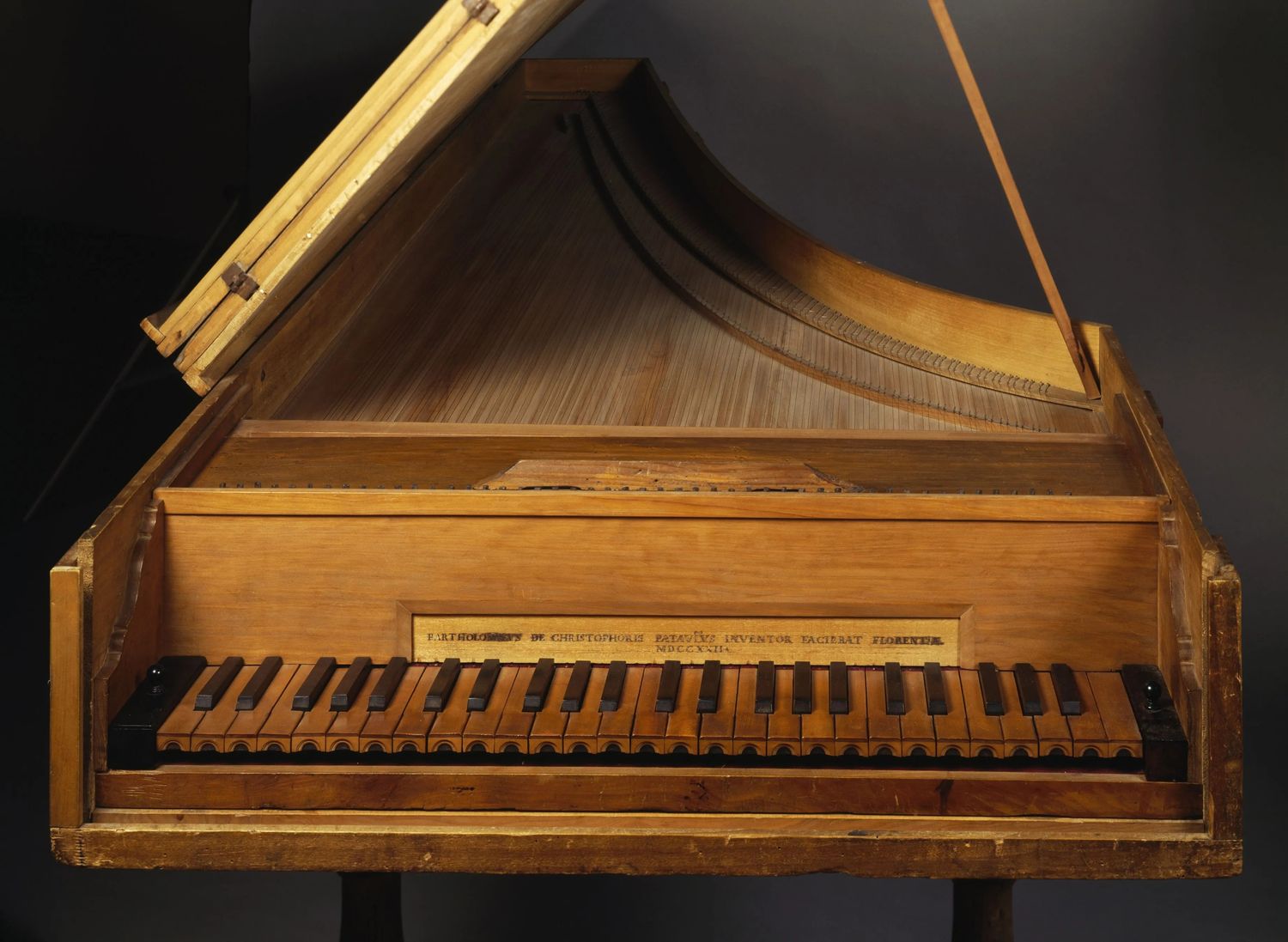Home>Production & Technology>MIDI>When Was The MIDI Invented?
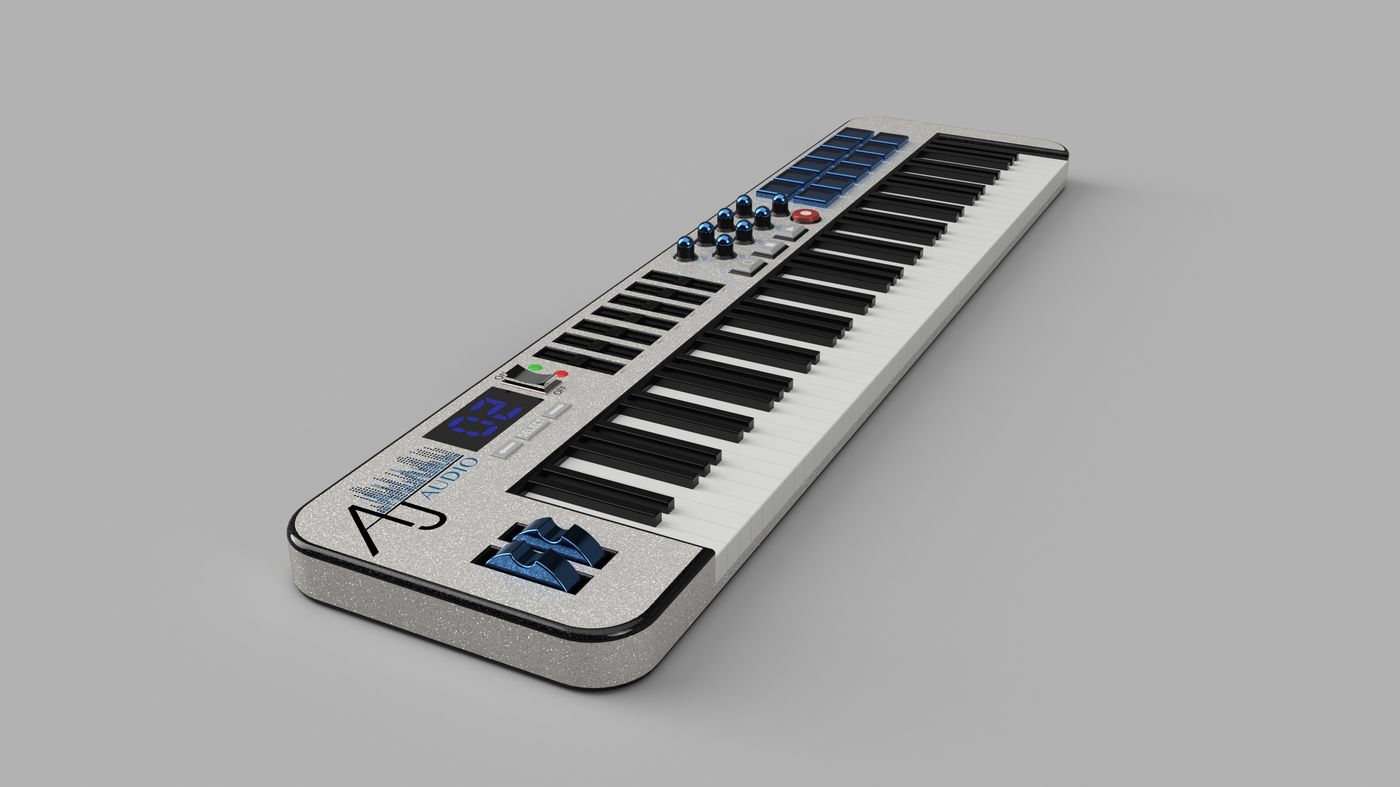

MIDI
When Was The MIDI Invented?
Published: February 19, 2024
Discover the history of MIDI and learn when it was invented. Explore the impact of MIDI technology on music production and electronic instruments.
(Many of the links in this article redirect to a specific reviewed product. Your purchase of these products through affiliate links helps to generate commission for AudioLover.com, at no extra cost. Learn more)
Table of Contents
Introduction
The Musical Instrument Digital Interface, commonly known as MIDI, has revolutionized the world of music since its inception. It serves as a universal language for electronic musical instruments, computers, and other related devices. The invention of MIDI has significantly impacted the way music is created, recorded, and performed, making it an integral part of modern music production.
MIDI enables the seamless communication between different musical instruments and electronic devices, allowing musicians and producers to create, edit, and play music with unparalleled flexibility and precision. Its influence extends beyond professional studios to home recording setups, live performances, and even mobile music production applications.
The story of MIDI's creation is a testament to the collaborative efforts of leading electronic instrument manufacturers and music industry visionaries. It represents a pivotal moment in the history of music technology, marking a shift towards a more interconnected and versatile approach to music creation and performance.
As we delve into the origins, development, and impact of MIDI, we will uncover the profound influence it has had on the music industry, shaping the way we experience and interact with music in the digital age. Let's embark on a journey through time to explore the birth and evolution of this groundbreaking technology, and discover how it continues to shape the musical landscape today.
The Birth of MIDI
In the early 1980s, the music industry was on the brink of a technological revolution. As electronic musical instruments gained popularity, musicians and producers faced a significant challenge: the lack of a standard protocol for communication between different devices. Each manufacturer had its own proprietary system, making it cumbersome and often impossible to integrate instruments from different brands into a cohesive setup. This fragmented landscape hindered the creative potential of electronic music and posed a barrier to seamless collaboration among musicians and producers.
Amidst this challenge, a group of visionary engineers and music industry leaders recognized the need for a universal communication standard that could unify electronic instruments and computer music software. In 1983, this collective effort culminated in the development of the Musical Instrument Digital Interface, more commonly known as MIDI.
MIDI was conceived as a means to establish a common language for electronic musical instruments, allowing them to communicate and synchronize with each other. Its creators envisioned a protocol that would enable the transmission of performance data, such as note-on and note-off commands, pitch and velocity information, as well as control parameters for sound manipulation.
One of the defining features of MIDI is its versatility. It is not limited to specific types of instruments or musical genres, making it an inclusive and adaptable standard for a wide range of musical applications. Whether it's a digital keyboard, a drum machine, a synthesizer, or a computer-based music workstation, MIDI provides a seamless means of connectivity and control, fostering a harmonious ecosystem for musical creativity.
The official announcement of the MIDI 1.0 specification in 1983 marked a watershed moment in the history of music technology. This standardized protocol laid the foundation for a new era of electronic music production and performance, empowering musicians and producers to explore innovative sonic possibilities and redefine the boundaries of musical expression.
The birth of MIDI not only addressed the immediate challenges faced by the music industry but also set the stage for a paradigm shift in music creation and technology. Its impact continues to reverberate through the decades, shaping the way music is composed, produced, and performed in the digital age.
The creation of MIDI stands as a testament to the power of collaboration and innovation in overcoming technological barriers. Its legacy is woven into the fabric of modern music, serving as a catalyst for boundless creativity and connectivity across the global musical landscape.
The Development of MIDI Technology
The evolution of MIDI technology has been characterized by continuous innovation and adaptation to the changing landscape of music production and performance. Following its initial introduction in 1983, MIDI underwent significant developments that expanded its capabilities, enhanced its interoperability, and embraced emerging technological advancements.
One of the key milestones in the development of MIDI was the introduction of MIDI 1.0, which established the foundational specifications for communication between electronic musical instruments and devices. This initial standardization laid the groundwork for subsequent advancements in MIDI technology, providing a robust framework for the exchange of musical data and control signals.
As the digital music industry continued to evolve, the demand for enhanced functionality and expanded possibilities led to the development of MIDI 2.0. This next-generation protocol represents a significant leap forward, offering improved speed, increased resolution, and support for more complex musical expressions. MIDI 2.0 introduces features such as extended instrument control, higher channel counts, and enhanced system exclusive messages, empowering musicians and producers with unprecedented creative flexibility.
Furthermore, the development of MIDI technology has embraced the convergence of music production and computer technology. The integration of MIDI with digital audio workstations (DAWs) and software instruments has transformed the way music is created and recorded. MIDI's seamless interaction with software-based instruments and virtual studio environments has democratized music production, enabling aspiring artists and seasoned professionals alike to harness the power of MIDI for diverse creative endeavors.
In parallel with technological advancements, the MIDI Manufacturers Association (MMA) and the Association of Music Electronics Industry (AMEI) have played pivotal roles in driving the evolution of MIDI technology. These collaborative efforts have led to the establishment of industry standards, the adoption of new protocols, and the promotion of MIDI as a versatile and future-ready platform for musical expression.
The ongoing development of MIDI technology continues to embrace emerging trends such as wireless connectivity, cloud-based collaboration, and the integration of MIDI with multimedia and interactive performance technologies. These advancements reflect a commitment to ensuring that MIDI remains at the forefront of innovation, empowering musicians, producers, and technologists to push the boundaries of creativity and redefine the possibilities of musical expression.
As MIDI technology continues to evolve, it remains a dynamic and indispensable force in the world of music, inspiring new generations of creators and serving as a catalyst for transformative musical experiences.
The Impact of MIDI on Music Industry
The introduction of MIDI has had a profound and far-reaching impact on the music industry, reshaping the landscape of music production, performance, and collaboration. From its inception, MIDI has revolutionized the way musicians, producers, and technology innovators approach the creation and expression of music, ushering in a new era of creative possibilities and connectivity.
Unprecedented Connectivity and Integration
MIDI's universal standardization has facilitated seamless connectivity and integration across a diverse array of electronic musical instruments and devices. This interoperability has transcended traditional barriers, allowing musicians to effortlessly combine hardware synthesizers, drum machines, and digital controllers into cohesive setups. Furthermore, MIDI's integration with computer-based music software and digital audio workstations has democratized music production, enabling artists to harness the power of MIDI for diverse creative endeavors.
Enhanced Creative Expression
The adoption of MIDI has empowered musicians to explore innovative sonic territories and express their musical ideas with unparalleled precision and flexibility. By enabling the transmission of performance data and control parameters, MIDI has facilitated the manipulation of sound characteristics, dynamics, and articulation, offering a rich palette of expressive possibilities. This has not only expanded the sonic horizons of music but has also democratized music production, enabling aspiring artists and seasoned professionals alike to harness the power of MIDI for diverse creative endeavors.
Evolution of Live Performance
MIDI has redefined the landscape of live music performance, enabling artists to seamlessly integrate electronic instruments, samplers, and digital controllers into their live setups. This integration has blurred the boundaries between traditional instrumental performance and electronic music, giving rise to captivating live experiences that blend the spontaneity of live performance with the precision of electronic instrumentation.
Technological Innovation and Adaptation
The impact of MIDI extends beyond music production and performance, influencing the trajectory of technological innovation in the music industry. The continuous evolution of MIDI technology, including the development of MIDI 2.0 and its integration with emerging technologies, reflects a commitment to driving forward the boundaries of musical expression.
Empowerment of Creativity
MIDI has democratized music production, enabling aspiring artists and seasoned professionals alike to harness the power of MIDI for diverse creative endeavors. Its influence extends beyond professional studios to home recording setups, live performances, and even mobile music production applications, fostering a culture of creativity and innovation.
In summary, the impact of MIDI on the music industry has been transformative, fostering a culture of innovation, collaboration, and boundless creativity. As MIDI continues to evolve, its influence will undoubtedly shape the future of music, inspiring new generations of creators and serving as a catalyst for transformative musical experiences.
Conclusion
In conclusion, the invention and evolution of the Musical Instrument Digital Interface (MIDI) have left an indelible mark on the music industry, redefining the way music is created, performed, and experienced. What began as a solution to the fragmented landscape of electronic musical instruments has blossomed into a universal language that transcends boundaries and empowers musicians, producers, and technologists to push the boundaries of creativity.
The birth of MIDI in 1983 heralded a new era of interconnected musical expression, laying the groundwork for unprecedented connectivity and integration across a diverse array of electronic instruments and devices. Its universal standardization has fostered a culture of collaboration and innovation, enabling musicians to seamlessly combine hardware synthesizers, drum machines, and digital controllers into cohesive setups. Moreover, MIDI's integration with computer-based music software and digital audio workstations has democratized music production, leveling the playing field for aspiring artists and seasoned professionals alike.
Furthermore, MIDI has not only enhanced creative expression but has also revolutionized the landscape of live music performance. It has blurred the boundaries between traditional instrumental performance and electronic music, giving rise to captivating live experiences that blend the spontaneity of live performance with the precision of electronic instrumentation. This convergence has redefined the possibilities of musical expression, opening doors to new sonic territories and immersive live experiences.
The impact of MIDI extends beyond music production and performance, influencing the trajectory of technological innovation in the music industry. The continuous evolution of MIDI technology, including the development of MIDI 2.0 and its integration with emerging technologies, reflects a commitment to driving forward the boundaries of musical expression. As MIDI continues to evolve, its influence will undoubtedly shape the future of music, inspiring new generations of creators and serving as a catalyst for transformative musical experiences.
In essence, MIDI's journey from its inception to the present day is a testament to the power of collaboration, innovation, and adaptability. Its legacy is woven into the fabric of modern music, fostering a culture of creativity and connectivity that transcends geographical and technological barriers. As we look to the future, MIDI stands poised to continue shaping the musical landscape, inspiring new waves of innovation and pushing the boundaries of what's possible in the world of music.


